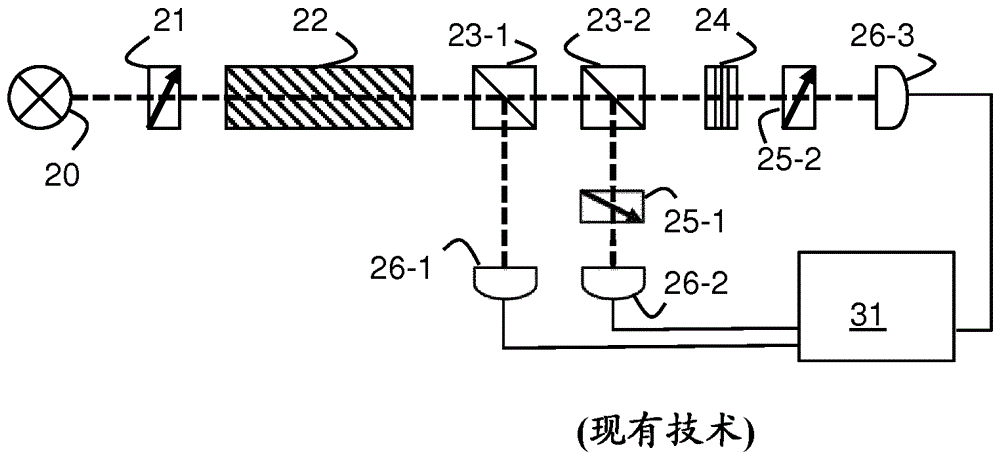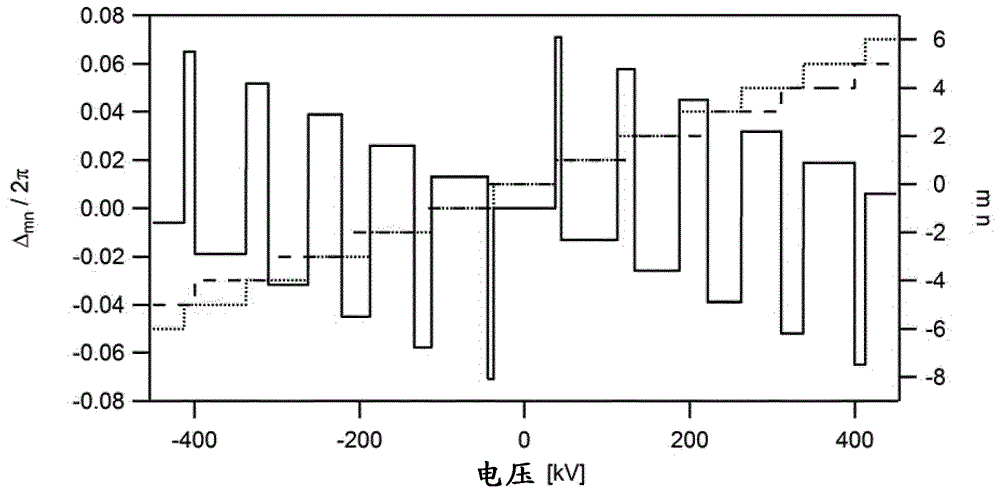Interferometric sensor
A sensor and detector technology, which is applied in the direction of converting sensor output, instruments, and using optical devices to transmit sensing components, etc., can solve problems such as increasing complexity, reducing sensor reliability, and complex signal processing
- Summary
- Abstract
- Description
- Claims
- Application Information
AI Technical Summary
Problems solved by technology
Method used
Image
Examples
Embodiment Construction
[0036] In the following, the example of an orthogonal polarization interferometer is used to describe the steps of signal manipulation or processing used in the present invention. It should be noted that the basic principles of the described examples apply to many different types of interferometric sensors that otherwise suffer from period-wise ambiguities. Therefore, they can be applied to virtually any type of interferometer (Michelson, Mach-Zehnder, Fabry-Perot, Sagnac, etc.), with only minor differences in implementation or interpretation.
[0037] The output of a polarimetric disturbance sensor is a sinusoidal function of the relative phase shift, which relates to the measured object x. In general, the output at two different wavelengths is
[0038] ,as well as
[0039]
[0040] in and is the relative phase shift, q 1 and q 2 is the inverse response period, and and are at the wavelength λ 1 and lambda 2 The phase bias of the sensor. For brevity and wit...
PUM
 Login to View More
Login to View More Abstract
Description
Claims
Application Information
 Login to View More
Login to View More - R&D
- Intellectual Property
- Life Sciences
- Materials
- Tech Scout
- Unparalleled Data Quality
- Higher Quality Content
- 60% Fewer Hallucinations
Browse by: Latest US Patents, China's latest patents, Technical Efficacy Thesaurus, Application Domain, Technology Topic, Popular Technical Reports.
© 2025 PatSnap. All rights reserved.Legal|Privacy policy|Modern Slavery Act Transparency Statement|Sitemap|About US| Contact US: help@patsnap.com



